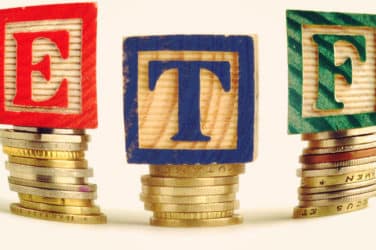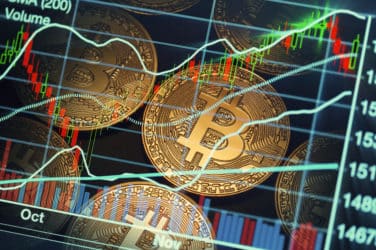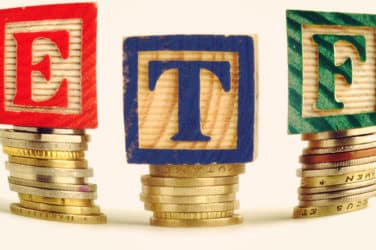
The spawn of indexes, and active products—exchange traded funds—may be now calling the shots amongst investors.
According to a report provided by buy side research firm Cerulli, ETF assets have changed dramatically during the last ten years. In 2001, there was $341 billion in index mutual funds compared to only $83 billion in ETFs. By 2007, the gap narrowed as index mutual fund assets grew to $809 billion and ETF assets jumped to $588 billion. By August 2011, both index mutual funds and ETFs hovered around $1 trillion.
“As a firm, we’re bullish on ETFs, despite the downdraft we’ve seen in the last few years,” said Alec Papazian, an analyst at Cerulli, noting that commodity ETFs are particularly increasing in demand, despite a recent “temporary” decline in commodity prices.
“Commodities ETFs have been the best way to gain access to a commodity,” Papazian said, highlight their “low cost and liquid nature.” Commodities have been favored in portfolios for true diversification purposes, he noted.
Mutual funds, ETF’s long-time competitor, mainly offer exposure to broad based commodity indexes—not a single commodity. Yet, although passive investing has gained ground in recent years, Papazian said that it still lags active management—especially among institutional investors.
“Institutions have access to what retail investors wouldn’t, and so ETFs may be less appealing in certain circumstances,” he said. Papazian noted that institutions are still primarily using ETFs to keep exposure to a segment, on the hunt to replace active managers.
The Cerulli report tracks the differences in flows even between passive and active mutual funds.
Down 6.7 percent from year-end 2010, active mutual fund assets ended the third quarter of 2011 with $6.4 trillion, the report cited. The last time active mutual fund assets dipped below $6.4 trillion was in August 2010 ($6.0 trillion).
Large-growth, bank-loan, and foreign large-blend funds drove active mutual fund outflows in September (-$6 billion combined). With inflows of nearly $3.6 billion, intermediate-term bond funds provided some relief in a difficult environment for mutual fund managers.
Passive mutual funds ended the third quarter in 2011 with 4.2 percent fewer assets than year-end 2010. However, passive funds rallied in September and had their highest monthly inflow of the third quarter with $5.3 billion.






